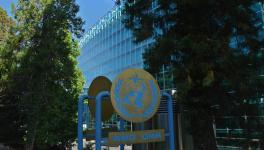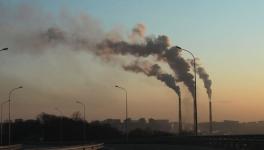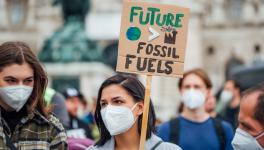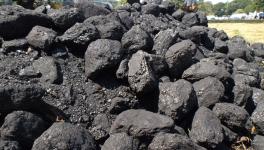Only 10% Chance of Limiting Global Warming Under 1.5 Degrees
The Paris Agreement aims to restrict the rise in mean global temperature to 2 degrees Celsius above the pre-industrial levels and more so limit the increase to 1.5 degrees. Would the renewed and elaborate aims set at the Glasgow Climate Change Conference (COP26) last November make it possible to limit the temperature rise?
According to a recent analysis published in Nature, it is still possible to restrict global warming to 1.9-2 degrees Celsius in this century if the COP 26 pledges are implemented fully and timely. However, the grim side, as per the analysis, is that there is only a 6%-10% chance of restricting temperature rise under 1.5 degrees.
Global leaders at the Glasgow conference focussed on improving the pledges to limit global temperature rise to 1.5 degrees. Scientists have been warning about the dangers if the temperature rises beyond this point, especially for people in small island nations and developing countries. Though analyses of the new pledges and promises hinted that the global temperature will decrease, the question remains by how much?
The researchers of the latest study said that the global temperature could be restricted below 2 degrees if countries try to fulfil their long-term goals of reducing greenhouse gases. The lead author of the study, professor Malte Meinshausen of the University of Melbourne, said, “This is the first paper that says there’s actually a better than 50% chance of keeping temperatures below 2 degrees Celsius if these targets are met. But it is not a good news story because our study clearly shows that increased action this decade is necessary for us to have a chance of not shooting past 1.5 degrees by a wide margin.”
The authors also advocated the need for both technical and financial support for poor and developing countries to help them reduce their carbon input. However, even after meeting every target, there is only a 10% chance of restricting global temperature below 1.5 degrees because carbon emission is going to increase in the short term.
Carbon dioxide will increase by 13% rather than decrease by about 45% by 2030. “The really key thing is the importance of reducing emissions over the period to 2030,” said Christophe McGlade, a co-author of the study.
“There are options available for policymakers to respond to the current crisis that can also be in line with our long-term emission goals—things like reducing oil use by lowering speed limits. It has an immediate impact in terms of lowering oil demand; it reduces some of the stress in the oil markets and would also help reduce emissions,” McGlade added.
Get the latest reports & analysis with people's perspective on Protests, movements & deep analytical videos, discussions of the current affairs in your Telegram app. Subscribe to NewsClick's Telegram channel & get Real-Time updates on stories, as they get published on our website.
























